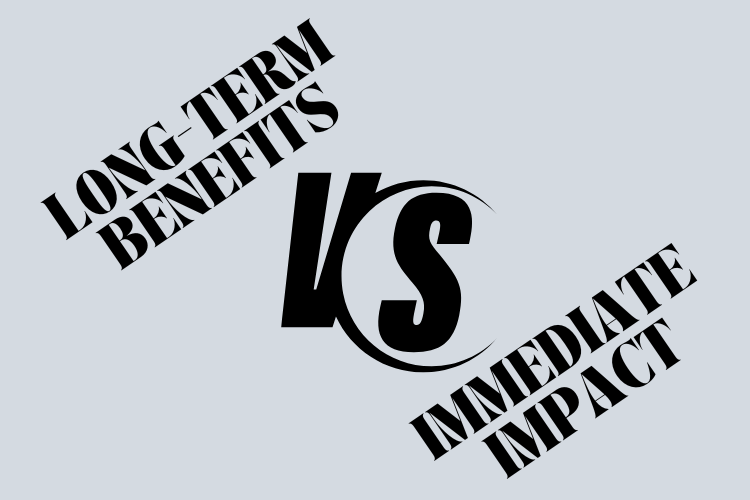
Navigating the R&D Tax Credit: Amortization and Its Impact on Your Tax Liability Amid Proposed Changes
The Research and Development (R&D) Tax Credit demonstrates the U.S. government’s dedication to promoting innovation and technological progress. This incentive is crucial for businesses that invest in developing new products, processes, or software.
However, the intricacies of this tax credit, particularly the requirement to amortize associated costs and its subsequent effect on tax liability, are essential considerations for companies looking to leverage this benefit.
This article explores the R&D Tax Credit, the amortization of costs, and the potential drawbacks that may limit its overall benefits.
Understanding the R&D Tax Credit

The R&D Tax Credit is designed to encourage companies to engage in research and development within the United States. Businesses can get credit for many costs connected to research and development (R&D), including wages, supplies, and third-party research costs.
Amortization of R&D Expenses

Businesses are now required by recent tax law changes to amortize their research and development (R&D) expenses. Amortization involves distributing the costs of intangible assets over their useful lives.
For R&D expenses, companies must now spread the deduction over several years rather than deducting the entire amount incurred, potentially increasing tax liability in the year the credit is claimed.
Impact on Tax Liability

Claiming the R&D Tax Credit reduces your taxable income by the amount of the credit. However, the amortization requirement lessens the immediate tax benefit.
Claiming the credit in a particular year may result in a more outstanding tax obligation due to the inability to deduct all your research and development expenses immediately.
The tax advantages will accumulate by spreading out these costs over time, although it will happen gradually.
Long-Term Benefits vs. Immediate Impact

Opting for the R&D Tax Credit should be a strategic decision with a long-term perspective. The credit may initially increase your tax liability due to amortization, but the overall benefit can be significant.
Over time, the credit can decrease your effective tax rate and improve cash flow, supporting ongoing innovation.
Is the R&D Tax Credit Right for Your Business?

The R&D Tax Credit is only sometimes applicable. It is most beneficial for companies with substantial research and development expenses.
It can handle the initial increase in tax liability. Smaller businesses or startups with limited cash flow may find holding the immediate tax effects hard, even if they do qualifying research and development.
Navigating Proposed Changes

While there are proposed changes to the current rules surrounding the R&D Tax Credit, businesses must navigate the credit based on existing laws. The current requirement to amortize R&D expenses is in effect, and companies must plan accordingly.
Remaining knowledgeable about potential legislative modifications that may impact credit in the future is crucial. However, the primary emphasis should be on comprehending and adhering to the existing tax code.
Conclusion
The R&D Tax Credit is a potent incentive for businesses that prioritize innovation. Still, it requires a comprehensive understanding of the rules regarding amortization and their impact on taxes.
Companies should assess their financial standing and the potential long-term advantages of the credit before proceeding.
Considering the intricate nature of tax regulations and the potential for future modifications, it is strongly advised to seek guidance from a tax expert to guarantee precise and strategic decision-making.
This blog article is for informational purposes only and should not be considered financial or tax advice. Tax laws are complex and subject to change.
Businesses should seek advice from a qualified tax professional for the most current and applicable information.
